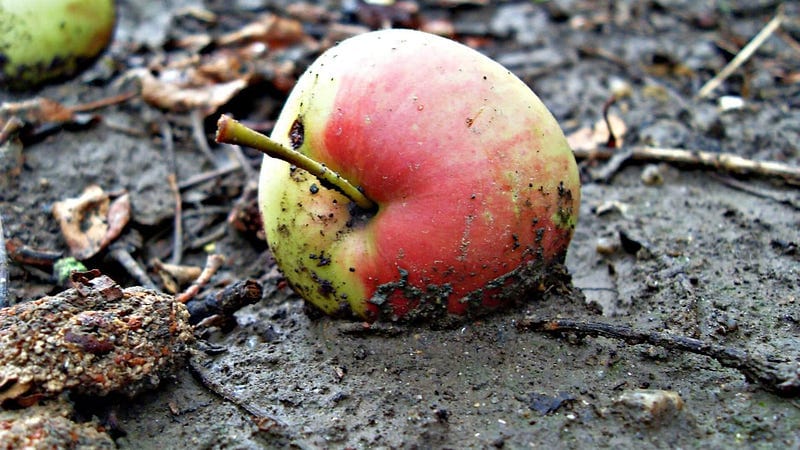When someone tell you it is safe to eat something you dropped on the floor as long as it's been there for less than five seconds, that's a rule of thumb.
For most of us, we know that the five-second rule isn't always applicable. If you dropped your apple onto a pile of mud, you know it's not safe to eat it.
Even if you have ninja reflexes and managed to retrieve your shiny red globe the second it is in contact with the brown slimy sludge, you wouldn't be consuming it right after.
Useful shortcuts and approximations
Rules of thumb are principles that can be applied broadly and aren't meant to be accurate or reliable. They give us a general understanding of certain concepts without going too much into the details.
A good rule of thumb serves as a shortcut for us to grasp certain concepts or principles. It should be easy to learn and easily applied to give a good approximation of the situation.
The Pareto principle posits that 80% of the effects is usually generated by 20% of the causes. Also known as the 80/20 rule, in business term, we can say that 80% of your sales is generated by 20% of your customers.
This is meant to say that majority of the results may be generated by a minority of the effort. The ratio isn't always 80/20. It could be 90/10 or 70/30 as long as one is significantly larger than the other.
Another common rule of thumb in finance is the Rule of 72. It gives a good approximation of how many years it takes for an investment to double given a fixed annual interest rate.
For example, if the annual interest is 6%, it will take 12 years (72/6) for our capital to double itself thanks to the power of compound interest.
Relatable vs Reliable
One of the reasons why rule of thumbs work so well is because they are relatable. They capture the essence of the concept by drawing on other concepts that we can relate to.
A good rule of thumb is one that we can easily remember and apply. After all, if it was too complicated and hard to recall, then it won’t be of much use to us.
This however may expose us to over-relying on rules of thumb because they are so much more relatable than the actual concept. We may mistakenly equate the relatability of the rule with its reliability.
In the Rule of 72, the number 72 was chosen not because it was accurate but rather because it has many small divisors (1,2,3,4,6,8,9 and 12), making it much more convenient for everyday usage than the more accurate numbers - 69, 69.3 or 70.
For the Pareto Principle, the 80/20 ratio is only a shorthand for the general principle at work. In certain cases, the distribution could be 80/30 or 80/10. The 2 numbers doesn’t have to add up a 100 as they are measuring different things.
Use it wisely
In most situations, rule of thumbs are extremely useful and serve their purpose well. We should leverage the convenience they provide as long as we understand that they aren’t meant to be accurate or reliable.
Like how you would not eat an apple that has fallen into a pile of mud despite knowing about the five second rule, it would be wise to not overly rely on rules of thumb.





Comments